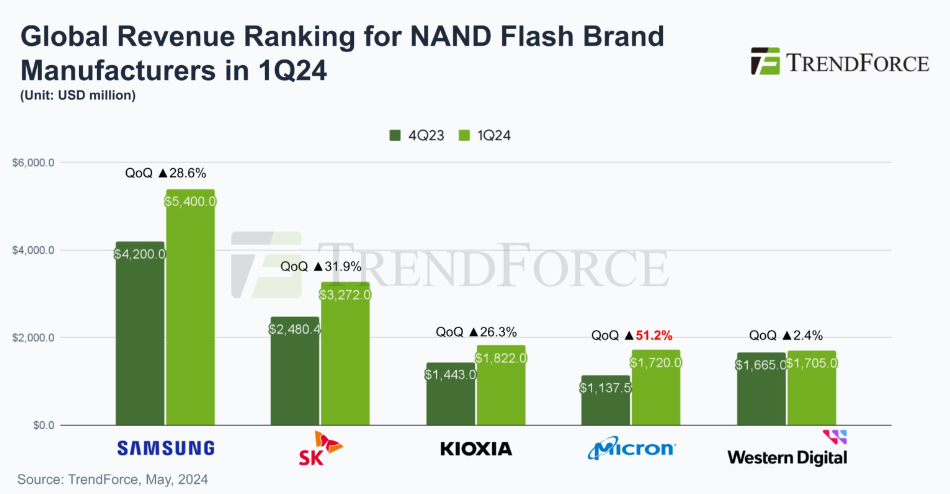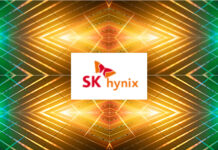Data protector Acronis says its flagship Acronis Cyber Protect Home Office product is reverting to its original name – Acronis True Image – with a new version release. It has enhanced performance and cyber security – real-time protection, illicit crypto mining protection, vulnerability assessments, and antivirus scans. Acronis True Image is specifically designed for home users.
…
New guidelines designed to provide a robust framework for data sharing in smart cities have been published as a British standard by BSI. “Guidance to establishing a decision-making framework for sharing data and information services” (BS ISO IEC 17917) is the international adoption of “Smart cities – Guide to establishing a decision-making framework for sharing data and information services” (PAS 183:2017). It was developed at the request of the Cities Standards Institute in part to support a transparent approach to making decisions. It was designed to support “smart city decision-makers” to create data and service assets, used to improve the quality of life for citizens and visitors.
…
CloudCasa by Catalogic announced its partnership with IONOS Cloud to deliver enhanced Kubernetes data protection, migration, and disaster recovery solutions for IONOS Cloud platform users. CloudCasa will integrate cloud data protection and migration services with the cloud infrastructure of IONOS to ensure its cloud-native applications are safeguarded against data loss and cyber threats.
…
There is a live FCIA webinar, “Fibre Channel Data Center Interconnects (DCI): 64G FC and More,” on July 18, 2024, when experts will discuss how Fibre Channel can be effectively deployed in these applications using optical transport technology. Topics to be covered include:
- Optical Transport 101: A brief survey of optical networking (DWDM) technology;
- Fibre Channel transport via OTN;
- Robustness: Optical transport protection options: Resiliency against fiber outages;
- Security: Optical transport OTN encryption: No-overhead layer 1 encryption that can be combined with IPSec or other higher-layer security protocols.
Register here.
…
Remember crashed Nyriad and its GPU-based storage controller? We were sent this message from Derek Dicker, Nyriad CEO: “I’m reaching out to provide you with a final update on the Nyriad sale process. With the assistance of a third party, the Nyriad Board has completed three transactions for the sale of the majority of the company’s assets:
- The first transaction involved the sale of Nyriad’s patents;
- The second transaction entailed the sale of the vast majority of Nyriad’s remaining system inventory; and
- The third transaction secured support from a third party for Nyriad’s UltraIO customers, who requested to maintain systems through the balance of their support contracts.
“We are now in the process of paying all of the company’s creditors. The management of the company will soon be transitioned to a third party who will complete a managed wind-down process.”
…
Red Hat announced GA of its Kubernetes-powered Red Hat OpenShift 4.16 with:
- Metro disaster recovery provides regional DR for VMs that use storage deployed on OpenShift Data Foundation in conjunction with Advanced Cluster Management for Kubernetes for management.
- Hot-add CPU provides users the ability to add additional vCPU resources to a running VM in a declarative manner for improved memory density with safe memory overcommit, and enables users to more easily scale up VMs with CPU hotplug.
- Multi-cluster virtualization monitoring with Red Hat Advanced Cluster Management enables users to view all VMs across multiple Red Hat OpenShift clusters as well as collect and more quickly build reports for the VMs.
- Image-based updates (IBU) for single node OpenShift. Single node OpenShift users can now shift a large portion of the update process to a pre-production environment, which reduces the time spent updating at the production site. Additionally, if an update fails or the application doesn’t return to a functioning state, it can be rolled back to the pre-update state.
The OpenShift-based Appliance Builder is now available as a technology preview to Red Hat partners seeking to build turnkey, customized appliances with self-contained Red Hat OpenShift instances.
…
Red Hat released its annual State of Kubernetes Report. The report revealed that nearly half (46 percent) of all organizations worldwide lost revenue or customers last year as a result of a container or Kubernetes security incident. Other findings include:
- Almost all organizations (89 percent) had at least one container or Kubernetes related incident. Despite this, just under half of those surveyed (42 percent) said that their company does not invest enough in container security.
- When it comes to risks, IT specialists are most worried about a vulnerability in the environments (33 percent), misconfigurations (27 percent) and external attacks (24 percent).
…
SQream announced TPC-DS benchmark test results, showing linear scalability of its GPU-accelerated SQL engine. These results show perfect linear scalability, when running both 1TB and 10TB using the same machine and maintaining the same ratio in runtime throughout. Conducted using infrastructure with 4 Tesla V100 GPU processors and 4 Intel Xeon Gold 5220 (18 cores each), the tests included 1TB and 10TB datasets.
- Loading Time: 1TB in 892 seconds (14:52 minutes) and 10TB in 8260 seconds (2:17:40 hours).
- Query Time: 1TB in 1374 seconds (22:54 minutes) and 10TB in 13083 seconds (3:38:03 hours).
…
Data warehouser Teradata announced the integration of the DataRobot AI Platform with Teradata VantageCloud and ClearScape Analytics to help enterprises maximize their AI potential by providing greater optionality and flexibility for building and scaling safe and effective AI models. The new functionality is available through ClearScape Analytics’s Bring Your Own Model (BYOM) capability. The features of this integration include:
- DataRobot is a full AI lifecycle platform built for predictive and generative AI models with choice and flexibility.
- Teradata VantageCloud allows enterprises to deploy DataRobot AI models at scale, in the same environment where the data resides. Deployment can be done across all cloud providers and on premises.
- Using BYOM, users of VantageCloud and DataRobot have access to models built in their DataRobot AI Platform, from within VantageCloud. This includes importing DataRobot models into VantageCloud for inferencing at scale using ClearScape Analytics’s model scoring functions. As a result, DataRobot models can be scaled easily and cost effectively for Teradata VantageCloud users as there is no additional license cost.
…
TrendForce Japan revealed a NAND supplier market share chart for Q1 2024:

…
Datacenter virtualizer VergeIO announced a new VAR program with a superior product, seamless migration capabilities, financial incentives, technical assurance, and an optimized sales process. It says this strategic initiative positions VARs to effectively guide their customers through the post-VMware landscape.
…
Nvidia recently unveiled a new reference architecture for AI cloud providers, in order to provide a “proven blueprint for cloud providers to stand up and manage high-performance scalable infrastructure for AI datacenters.” The RA enables Cloud Partners within Nvidia’s Partner Network to reduce the time and cost of deploying AI systems while ensuring compatibility and interoperability among various hardware and software components. VAST Data announced its Data Platform is one of the first validated solutions for Nvidia Partner Network cloud partners, simplifying AI infrastructure-at-scale with a trusted reference architecture for service providers to build high-performance, scalable and secure datacenters that can handle GenAI and LLMs.
…
YMTC is suing Micron, alleging infringement of 11 of its patents and asking for an injunction on Micron and/or royalties related to Micron’s claimed breaches. The case is docket 24-cv-04223 in the Northern District of California. Wedbush analysts note MTC’s technology involves bonding a separate CMOS wafer containing the circuit layer with the memory die, whereas Micron’s circuit layer is integrated under the memory die. It wonders if the case could affect Kioxia and WD with their BiCS8 technology which also involves bonding separate memory and circuit dies together. See Bloomberg Law. There are previous legal disputes between YMTC and Micron against a background of US technology export restrictions.







